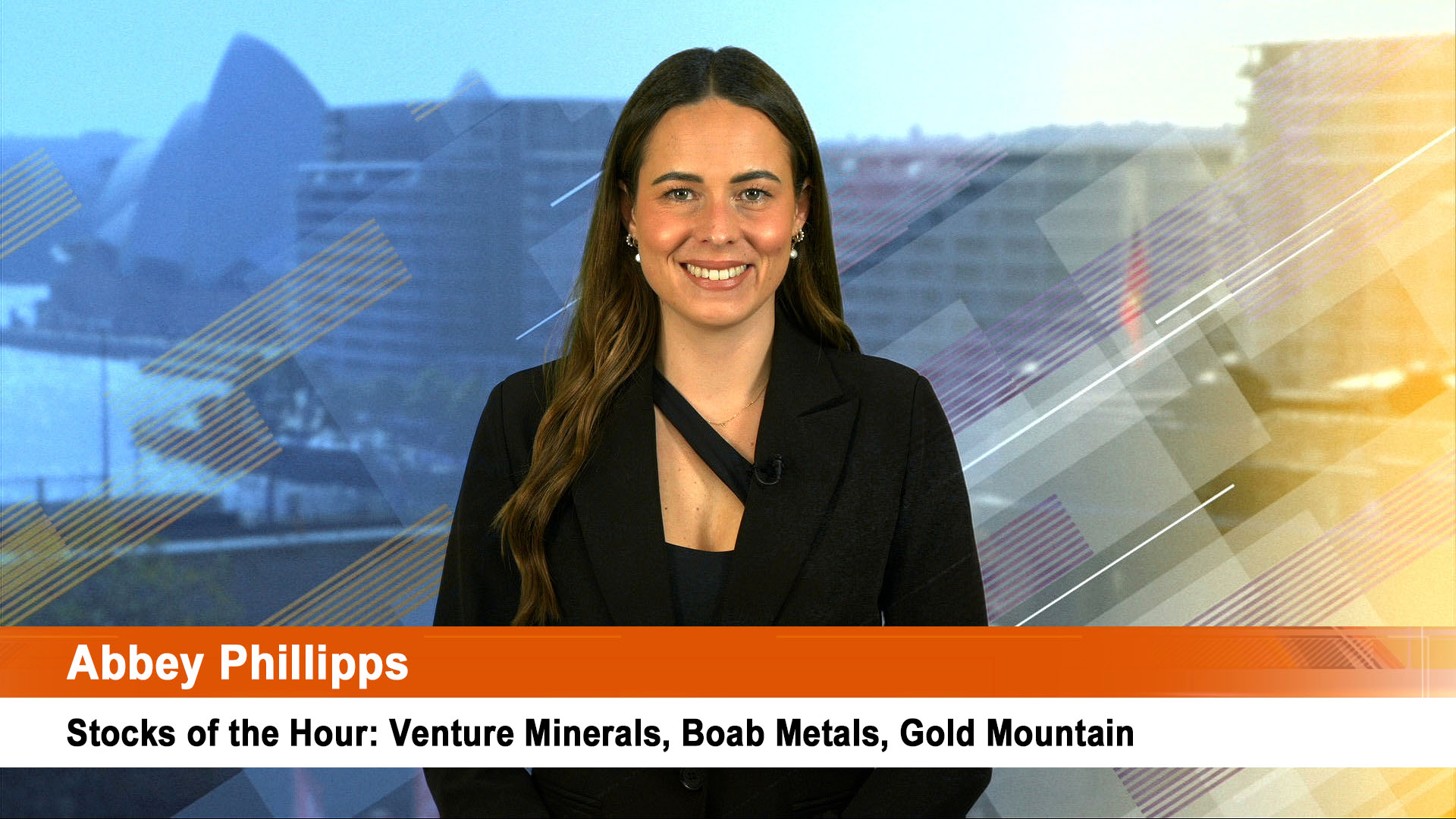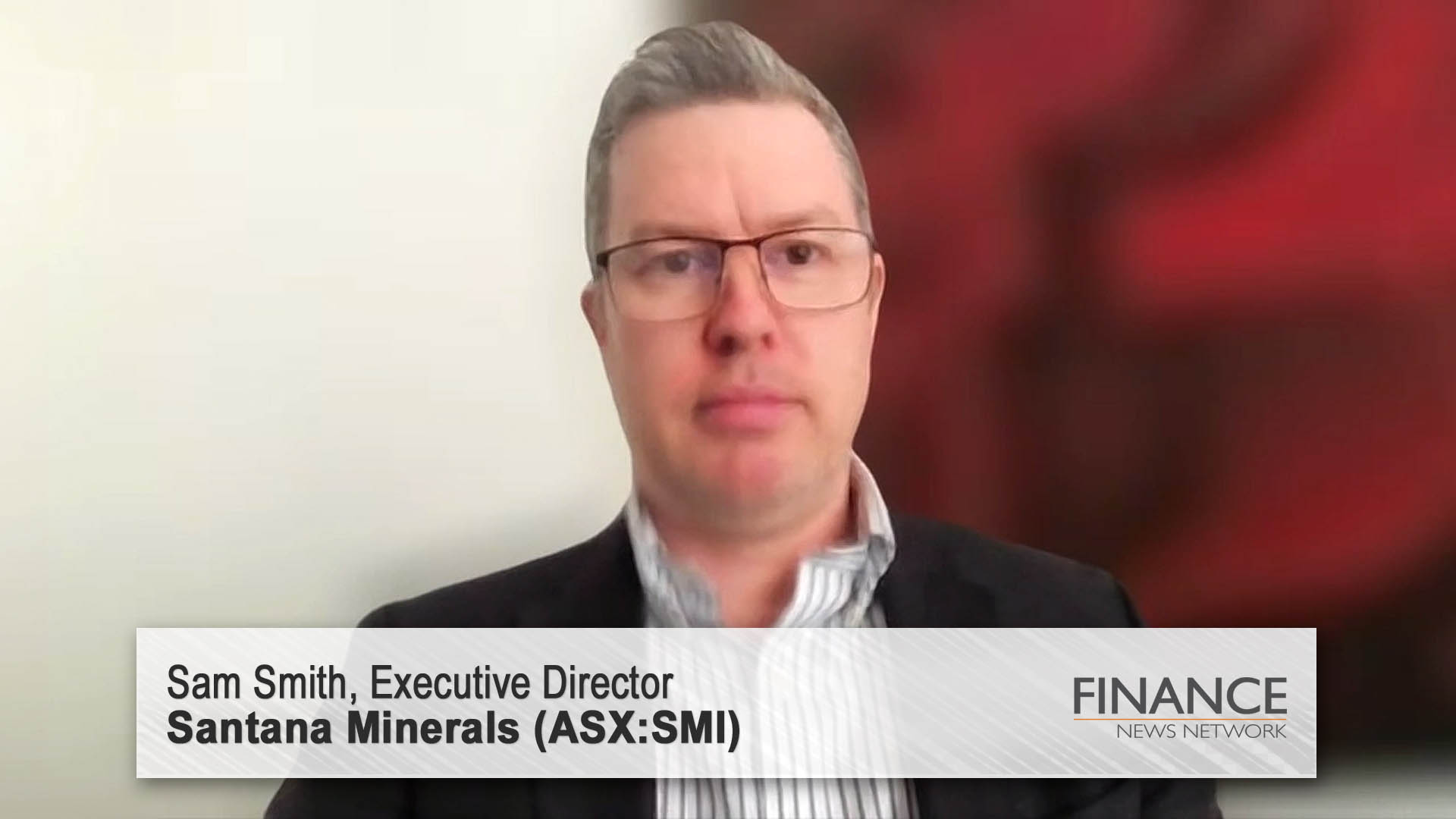For yet another quarter it sees solid earnings beats (helped this time by the continuing benefits of the Trump tax cuts), have no lasting impact on share prices for US companies reporting for the three months to March which basically ends this week.
That’s something to remember as the March season wraps up with just 8 companies listed on the S&P 500 are expected to report results. Again there is a solid retail flavour, led by discount supermarket club, Costco.
Other retail groups of note down to report include Michael Kors, PVH, Dollar Tree, Dollar General, Costco and Ulta Beauty as well as American Eagle, Abercronbie and Fitch and The Bon Ton Stores.
Tech stocks HP Inc and Salesforce.com are also due to report with the latter’s figures to be watched closely given its importance as a cloud computing services provider,
Meanwhile financial data group, FactSet pointed out in a weekly note on Saturday that the impact from the flood of positive results for the first quarter doesn’t seem to last for most companies.
"To date, 97% of the companies in the S&P 500 have reported earnings for the first quarter. Of these companies, 78% have reported actual EPS above the mean EPS estimate, which is the highest percentage since FactSet began tracking this data in Q3 2008. In aggregate, earnings have exceeded expectations by 7.5%, which is the highest surprise percentage since Q4 2010.
"Due to the number and magnitude of these positive EPS surprises, the earnings growth rate for the S&P 500 has improved to 24.6% today from 17.1% on March 31.
FactSet pointed out that all eleven sectors in the S&P 500 "have recorded an increase in earnings growth since the end of the quarter due to upward revisions to earnings estimates and positive earnings surprises, led by the Energy (96.5% from 79.5%) and Information Technology (to 33.4% from 22.0%) sectors.”
So given the stronger performance of companies relative to analyst estimates and the improvement in the growth rate over the past several weeks of the March quarter, FactSet asked how has the market responded to upside earnings per share surprises during the season?
The answer is not very much, in fact its hardly worrying about.
“Companies in the S&P 500 that reported positive earnings surprises for Q1 have seen an increase in price of 0.2% on average from two days before the company reported actual results through two days after the company reported actual results,” FactSet pointed out in its note.
“Over the past five years, companies in the S&P 500 that have reported positive earnings surprises (EPS) have witnessed a 1.1% increase in price on average during this four-day window.
"The first quarter will mark the fifth straight quarter (Q1 2017 – Q1 2018) in which S&P 500 companies that reported positive EPS surprises recorded a price reaction on average that was below the five-year average. In both Q2 2017 and Q4 2017, the price reaction to positive EPS surprises was negative on average.
FactSet also asked why did the market not reward positive EPS surprises again during the first quarter earnings season? The answer isn’t linked to analyst reaction to the results and upgrades to date because fewer S&P 500 companies have issued negative earnings guidance for the current June quarter (57) compared to the five-year average (79). Analysts upgrades have also been solid based on the first quarter performance.
The best answer to the tepid reaction for the surge in earnings (and average revenue is up around 8.5% for the quarter so far, the strongest first quarter since 2011) according to other analysts is that investors have been expecting this sort of performance based on expectations from the tax cuts, and sent shares higher late last year.













